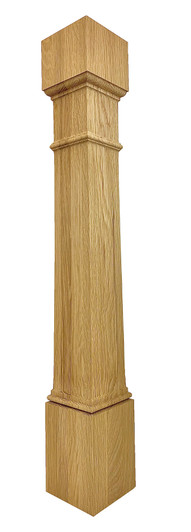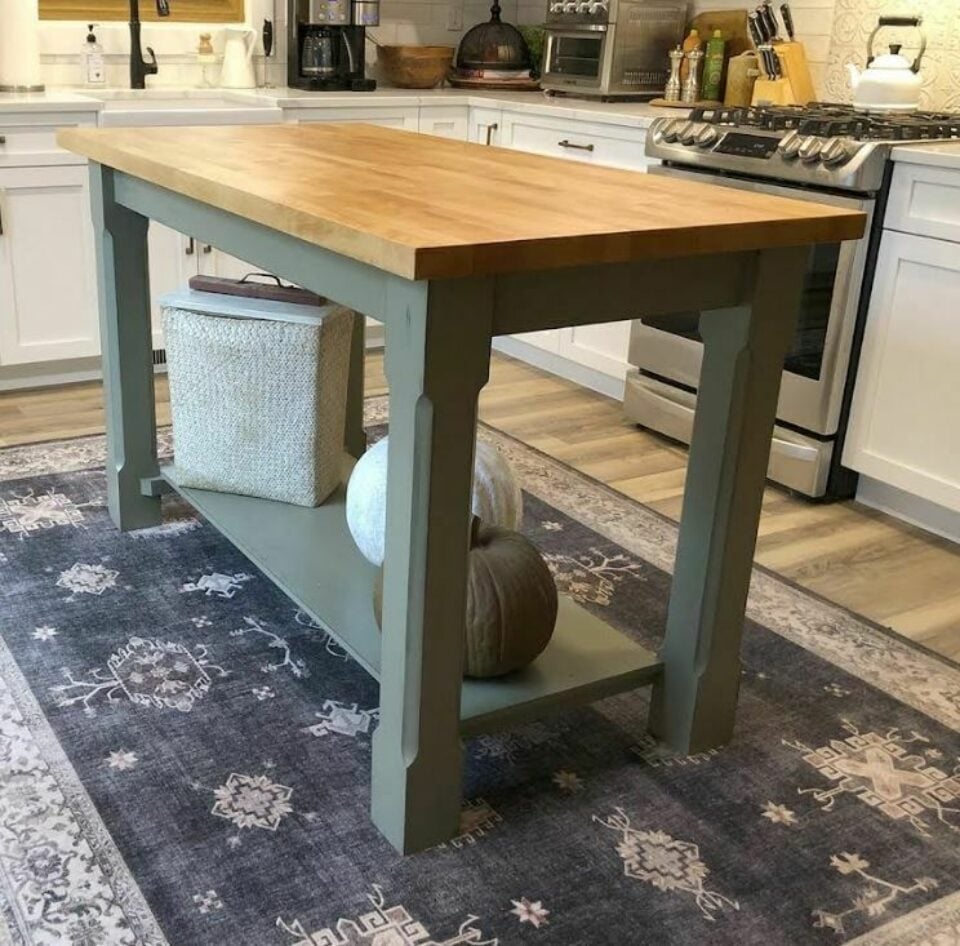The Leading Kitchen Island Leg Styles to Enhance Any Design Aesthetic
The Leading Kitchen Island Leg Styles to Enhance Any Design Aesthetic
Blog Article
The Relevance of a Sturdy Cooking Area Island Leg in Developing a Useful Cooking Area
A tough kitchen area island leg functions as a fundamental part in developing a functional food preparation setting, providing necessary assistance for both the countertop and different kitchen activities. The stability it uses can dramatically minimize the threat of accidents in high-traffic locations, while also adding to the overall aesthetic coherence of the room. As kitchen areas advance right into multifunctional locations for food preparation, eating, and socializing, the choice of products and design considerations for island legs ends up being significantly crucial. Understanding these components can transform your cooking area into a much safer and extra effective location, motivating additional expedition into the very best options available.
Advantages of Sturdy Island Legs
Supplying vital support, strong kitchen area island legs play a critical duty in improving the performance and durability of kitchen area islands - kitchen island leg. These legs not only birth the weight of the counter top and any kind of added products positioned on the island, but additionally add to the total security of the framework. A well-supported kitchen area island makes certain that it remains useful and upright, even under hefty use, which is specifically essential in busy kitchen area environments
Moreover, strong island legs can enhance the aesthetic allure of the cooking area. They provide a strong framework that can complement various layout styles, from modern to standard. This versatility enables property owners to customize their cooking area islands according to personal taste while ensuring that the architectural integrity stays uncompromised.
In enhancement to their encouraging function, robust kitchen area island legs can likewise improve safety. A steady island decreases the risk of crashes brought on by tottering or tipping, which is specifically critical in houses with youngsters or senior people. Furthermore, strong legs can facilitate a seamless circulation of tasks, enabling effective dish prep work and social interactions within the kitchen room. Inevitably, spending in strong kitchen area island legs is important for a functional and aesthetically pleasing cooking location.
Products for Kitchen Island Legs
When picking materials for kitchen area island legs, longevity and visual charm are important factors to consider. The most usual materials include hardwood, steel, and engineered timber, each offering unique benefits.
Hardwood, such as maple, cherry, or oak, is a classic choice because of its toughness and classic charm (kitchen island leg). It can hold up against considerable weight and is resistant to put on, making it optimal for high-use kitchen area atmospheres. Additionally, wood can be tarnished or repainted to enhance various cooking area designs
Steel legs, often crafted from stainless-steel or wrought iron, provide a modern and commercial look. They are extremely solid and can sustain substantial lots while being resistant to dampness and warmth, which is beneficial in a cooking location. Steel legs can additionally be quickly cleansed, improving their functionality.

Design Considerations for Stability
The selection of materials for kitchen island legs straight affects the design considerations for security. When creating a cooking area island, it is extremely important to examine the weight-bearing capability of the picked products. Much heavier materials, such as strong wood or metal, normally give higher stability, particularly under the stress and anxiety of day-to-day use.
Furthermore, the leg layout need to incorporate proper geometry to boost security. A wider base enhances the assistance area, minimizing the risk of tottering or tipping. Factor to consider ought to also be offered to the elevation of the legs; out of proportion leg sizes can bring about discrepancy, compromising the total stability of the island.
Furthermore, the circulation of weight throughout the island is critical. Making sure that the leg placement straightens with the heaviest components, such as counter tops and devices, will certainly even more improve stability.
Upkeep Tips for Durability

Depending on the material of the legs-- whether timber, steel, or composite-- ideal cleaning methods must be utilized. Metal legs may call for a light polish to stop rust and preserve their radiance.
If the kitchen island experiences hefty use, think about strengthening the legs with additional brackets or supports to boost resilience. By adhering to these maintenance suggestions, home owners can ensure their cooking area island legs continue to be durable and practical for years to come.
Choosing the Right Leg Design
Normal maintenance makes sure that cooking area island legs continue to be useful and sturdy, however picking the best leg design is just as important for both visual appeals and support. The selection of leg design can dramatically influence the general layout and harmony of your kitchen area.

Capability link is one more critical aspect. As an example, thicker legs or those with a durable base can support heavier countertops and equipment, boosting the island's energy. On the other hand, slender legs might create a ventilated appearance, appropriate for lighter styles but potentially less helpful.
Conclusion
In recap, the importance of durable kitchen area island legs can not be overemphasized in the creation of a functional food preparation location. These legs give essential support, enhance stability, and add to the general visual of the cooking area. By meticulously selecting suitable products and styles, as well as applying proper maintenance techniques, the long life and efficiency of cooking area islands can be made certain. Eventually, purchasing robust island legs is fundamental to attaining a efficient and secure culinary environment.
A tough kitchen island leg serves as a fundamental component in establishing a useful cooking environment, offering required assistance for both the countertop and numerous cooking area tasks.Giving necessary assistance, tough cooking area island legs play a crucial role in boosting the capability and toughness of kitchen islands. Ultimately, investing in strong kitchen island legs is crucial for a practical and visually pleasing click now cooking area.
Factor to consider ought to likewise be offered to the elevation of the legs; disproportionate leg sizes can lead to discrepancy, endangering the general security of the island.
Wood legs provide warmth and a timeless look, while steel legs offer a commercial and modern-day feeling.
Report this page